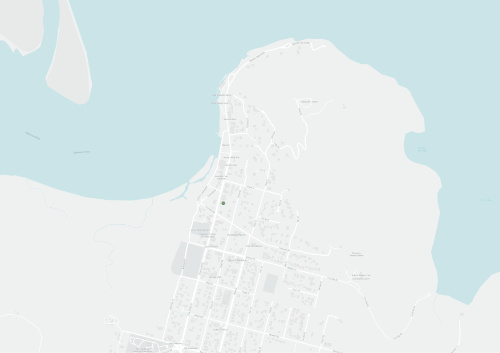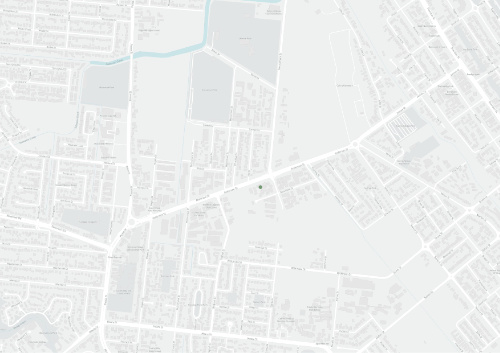Plan Explorer
Filter by:
Region
Topic
Sector
Other
Results
Mungumby Community Plan
Current CommunityThis document was released in March of 2012 following a 2007 Federal Court ruling which recognised the Eastern Kuku Yalanji people's of 129,600ha of country between the South Mossman River and just North of Black Mountain near Cooktown.
Wujal Wujal Aboriginal Shire Council planning scheme
Current CommunityThe Wujal Wujal planning scheme was released in 2013 by the Wujal Wujal Aboriginal Shire Council and set out the council's intention for the future of Wujal Wujal over the next 20 years from 2013.
Napranum Community Plan
Current CommunityThe Napranum Shire Council released a community plan in 2012 looking at future development for (then) the next 10 years.
Mapoon Aboriginal shire council community plan 2010-2020
Current CommunityThis community plan outlines how the community and council believe that the Mapoon area should develop between the 2010 and 2020 period and sets out how the issues affecting the Mapoon region at the time should've been addressed and a vision for the future Mapoon.
Hopevale community plan 2012
Current CommunityThe intent of the community plan is that it will represent the community’s views, visions and values for the future of the local government area, and set a strategic vision for what the community wants the area to be like in 10, 20 or more years.
Queensland's Agriculture Strategy
Current Government PolicyA 2040 vision to double agricultural production
Julery Pastoral Property Pest Management Plan
Obsolete OperationalThe plan represents a workable pest management program which identifies, combats and eradicates declared environmental pest plants and feral animals for Julery Pastoral.
Strategic Cropping in Cape York
Current InformationalStrategic Cropping in Cape York – what is to be locked away in the draft Strategic Environmental Areas
Recently added
Recovery plan for the Northern Quoll Dasyurus hallucatus
Threatened speciesThis recovery plan was released in 2010 with the ultimate goal of haulting the decline of the Northern Quoll, which are threatened with extinction by cane toads as they have a susceptibility to the toxin.
National recovery plan for the Specatacled Flying Fox Pteropus conspicillatus
Threatened speciesThe Spectacled Flying Fox is consdiered a vulnerable species under the Commonwealth Environment Protection and Biodiversity Conservation Act 1999 and so this plan was developed by the Queensland and Australian Government's in order to secure long term protection of the flying fox populations by r
Recovery plan for the stream-dwelling rainforest frogs of the wet tropics biogeographic region of north-east Queensland 2000–2004
Threatened speciesThis plan was released in 2001 by the Natural Heritage Trust and Queensland Parks and Wildlife Service with the ultimate goal of improving the conservation status of particular species of stream dwelling rainforest frogs within the Wet Tropics.
Whale Shark recovery plan 2005-2010
Threatened speciesThe whale shark is the world's largest fish and one of only three filter feeding shark species, it was listed as vulnerable in 2001 under the Environment Protection and Biodiversity Conservation Act 1999 (EPBC).
National recovery plan for the bare-rumped sheethtail bat Saccolaimus saccolaimus nudicluniatus
Threatened speciesThis plan was released in 2007 with the goal of improving the conservation status of the then critically endangered bare-rumped sheethtail bat.
Recovery plan for threatened seabirds
Threatened speciesThis plan attempted to improve the conservation status of ten species of Sea Birds by protecting and effectively managing breeding and foraging habitats and ensuring that threats such as pest flora and fauna dont prevent population growth.
Plan for the recovery of the southern cassowary
Current Threatened speciesThe southern cassowary (Casuarius casuarius johnsonii) occurs primarily in rainforest habitats but can also be found in woodlands, swamps, and disturbed vegetation forraging for fruits throughout the Wet Tropics.
National recovery plan for the buff-breasted button-quail Turnix olivii
Threatened speciesThe buff-breasted button quail was listed as endangered under the Commonwealth Environment Protection and Biodiversity Conservation Act 1999 and vulnerable and Queensland Nature Conservation Act 1992 prompting the development of this national recovery plan.
National recovery plan for the water mouse (false water rat) Xeromys myoides
Threatened speciesThe water mouse is listed as vulnerable under the Commonwealth Environmental Protection and Biodiversity and Conservation Act 1999 prompting the development of this plan in 2010 in order to improve the conservation status of the species by habitat conservation, threat reduction, research and publ
National recovery plan for the wet tropics yellow-bellied glider Petaurus australis unnamed subspecies
Threatened speciesThe Wet Tropics yellow bellied glider is a small marsupial classified as vulnerable under the Commonwealth Environment Protection and Biodiversity Conservation Act 1999 and Queensland Nature Conservation Act 1992.

